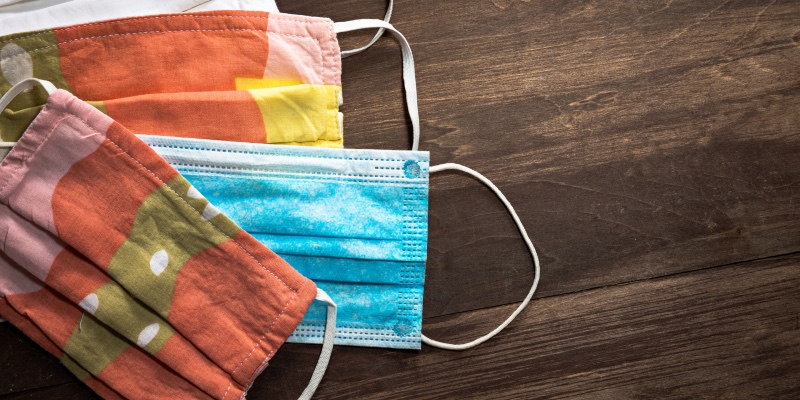Step outside, and chances are you’ll see someone donning a mask.
Though guidelines for their use vary from mere recommendations to mandates, demand for masks has remained constant as people seek to protect themselves and others from COVID-19. Consumers originally scrambled to pick up N95 and medical masks, but were advised they should be reserved for frontline healthcare workers and emergency responders, not for midday grocery store runs or walks in the park. Now, they’re almost impossible to find.
As a result, less-effective face masks that still reduce the likelihood of spreading the disease burst onto the scene. YouTubers quickly created video tutorials explaining how to make simple no-sew masks with a bandana and hair ties, and savvy sewers began using old t-shirts and heavy fabric to make their own at home.
This boom in homemade masks is a classic example of a workaround. Jobs Theory explains that people seek to make progress according to their own priorities—what we call their Jobs to Be Done. When there isn’t a commercial product for their job, they cobble together their own workarounds or compensating behaviors. Being able to spot workarounds is a valuable skill for potential innovators to hone, since it enables them to better develop products that align with what consumers are already trying to accomplish.
In their book Competing Against Luck, Clayton Christensen and his co-authors share the story of another homemade workaround, this time in the banking world. They tell of a friend who wanted to set up a bank account for his children, but because of the barriers established by banks to discourage low-balance savings accounts, created a “Bank of Daddy” instead. The father created a homemade spreadsheet to keep track of “deposits” of allowances and credited them with interest accruals. It was an effective, albeit cumbersome way to meet his apparent Job to Be Done: teaching his children about saving and compound interest. Eventually, the father found a commercial service in ING Direct, an online savings bank with no minimum deposit that paid above average interest rates on deposits.
Jobs Theory tells us that people don’t buy products and services as a result of product attributes or due to their demographics; they buy them when they solve a specific Job to Be Done. The key takeaway from this story is that if an innovator were to look for a job that wasn’t being fulfilled in the financial services industry, she could find one by seeking workarounds such as the “Bank of Daddy”—thus identifying opportunities for new products.
Homemade masks illustrate the value of looking deep into customers’ day-to-day lives to find Jobs to Be Done that are being met through workarounds. Once it became clear that there was insufficient capacity in the existing surgical mask supply chain to meet demand, customers took matters into their own hands. Many clothing companies took notice, and quickly responded by designing their own, often employing the “buy one, donate one” model to address the shortage of PPE in tandem. What started as a simple solution of bandanas fastened with hair ties has now grown into a vast new market of non-medical, professionally-designed face masks.
By looking for workarounds, innovators can see what people need in order to accomplish their different jobs, and then produce solutions that work more effectively. It’s easy to establish a consumer base, since workarounds make it clear no commercial solution has been developed to address those jobs until now.
What we’re seeing with the rise of non-medical face masks is the perfect guiding story for innovators. A set of circumstances arose with no solution in sight. Suitable, but crude, solutions arose and spread. Better quality solutions soon followed, and a new market was ultimately created. Regardless of their field, other innovators should take note—identifying workarounds and improving upon them to help consumers make progress is a sure pathway into untapped product innovation.


